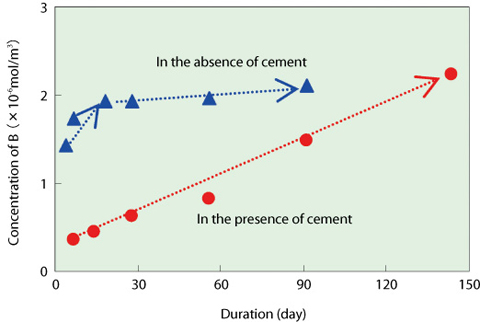
Fig.5-23 SiO2-CaO-Al2O3-B2O3 slag sample, produced to investigate dissolution behavior

Fig.5-24 Effects of cement on dissolution of slag
Radioactive wastes of different properties are generated from nuclear facilities. The radioactive wastes contain non-metallic wastes such as concrete, incinerator ash and filters. Non-metallic wastes are molten at about 1,500°C and then cooled, yielding a vitrified waste form (slag). Fig.5-23 shows a slag sample specimen prepared from simulated waste (a mixture of SiO2, Al2O3, CaO and B2O3). This solidification (vitrification) method is advantageous in volume reduction, chemical homogenization of waste form and immobilization of radionuclides in the waste form. This method has been already introduced in the former JAERI and some nuclear power plants. We investigated durability of the vitrified waste form in the disposal environment. The acquired data will be available for safety assessment of waste disposal.
It is considered that the long-term chemical durability of slag is affected by alkaline components leached from extensively used cementitious materials in the envisaged disposal environment. Therefore, we studied the effects of alkaline environments on slag dissolution. We conducted lab-scale leaching tests for slag specimens in the presence and the absence of cement. The ordinary Portland cement, widely used in civil engineering and construction work, was employed in the tests. It is found that, in the absence of cement, the dissolution of slag rapidly increased for the first several days and leveled off (Fig.5-24). This is because the leached silicon (Si), the main component of slag matrix, reached saturation in the contacting aqueous solution during the first several days, and then the dissolution was depressed. However, in the presence of cement, the dissolution of slag continued at a constant rate through the test period (Fig.5-24). This trend can be interpreted as follows. Silicon leached from the slag interacts with calcium supplied from cement to form precipitates of calcium silicate hydrates. The precipitation consumed Si from the aqueous solution and the concentration of Si was kept lower than saturation. This experimental result indicates that dissolution of slag possibly continues over a long time period at a constant dissolution rate in a disposal environment with a large quantity of cement.
The information acquired in this study will help in constructing a source term model of safety assessment computer codes where a longer-term, constant-dissolution rate of slag waste form is taken into account.